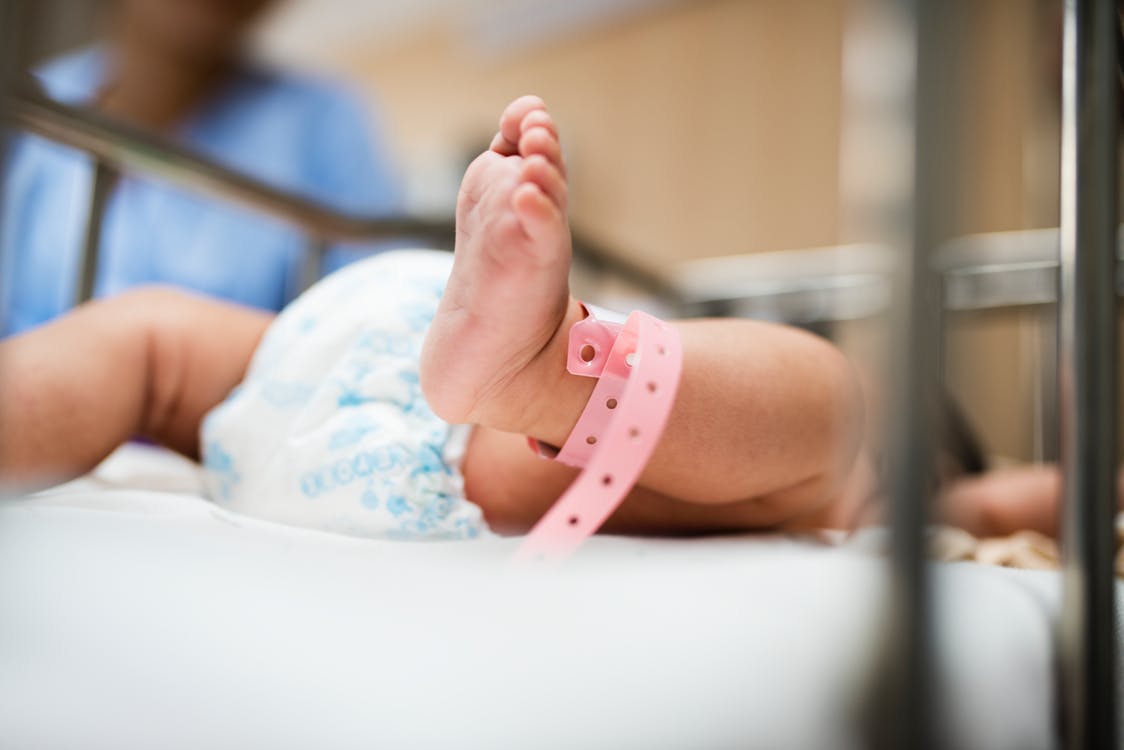Spain offers free fertility treatment to single women and lesbians

Spain’s new government has brought back a benefit offering free reproductive treatment to lesbians and single women.
Spain has one of the lowest birth rates in Europe and Spanish women have 1.3 children on average. Last year the total number of deaths outpaced the number of births at the fastest rate since records began in 1941.
The financial crisis didn’t help to improve declining fertility. “Fertility falls in recessions in many developed countries, although the prediction by economic theory is ambiguous because the income effect and the substitution effect move in the opposite directions,” explains Ayako Kondo. The fertility of younger women is more sensitive to business-cycle fluctuations in both the US and Europe. Accordingly, the responsiveness of the fertility rate to the unemployment of women aged 20–24 is two to three times larger than that of women aged 30–34.
As well as recessions, changing work and gender dynamics have also played a role in declining fertility. Spanish women now have their first child on average at 32, older than the rest of Europe.
Chiara Pronzato suggests that policymakers should not ignore increasing public childcare coverage. There is evidence of a positive impact of childcare availability (regional public childcare coverage, regional availability of childminders, grandparents’ proximity) on the probability of having children. In Norway, increasing formal childcare coverage by 25 percentage points increases the probability that a woman aged 25–29 will have a first child by around 1 percentage point.